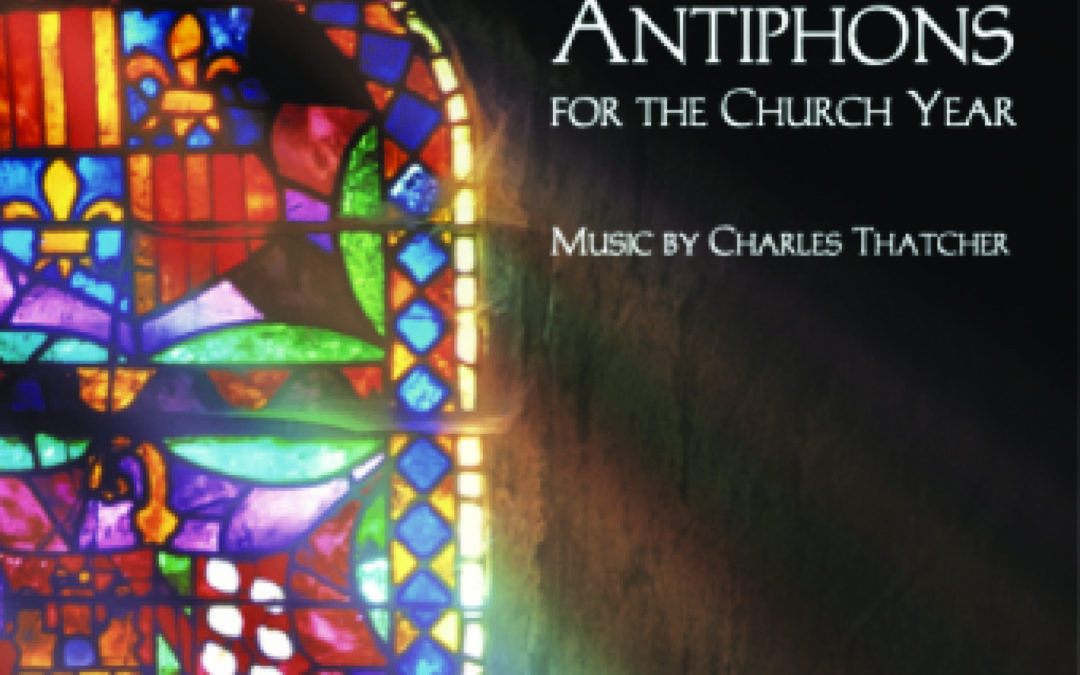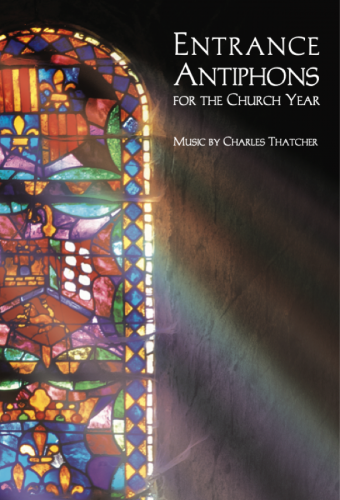From Composer Charles Thatcher
An Antiphon Resource for the Church Year
Entrance Antiphons for the Church Year contains thirty antiphon texts from the Graduale Simplex, translated from Latin and set to newly composed music. The psalm verses appointed for these antiphons are taken from the Grail translation (1963).
As with the Responsorial Psalm of the Mass, the assembly sings the antiphon after its intonation by the cantor/choir, repeating it after each verse of the psalm. The number of psalm verses which are sung may vary according to need. The singing of the doxology, “Glory to the Father,” while recommended, is optional.
In several cases (e.g., Christmas and Easter), the assembly sings a refrain—a simple acclamation in Latin—and the actual antiphon text is sung by the cantor/choir. The antiphon functions as a first and final verse. It is thought that liturgical singing in the early Church consisted in part of such short acclamatory phrases.
Many of the antiphons in this collection are proper to a specific Sunday, solemnity, or feast. The rest are seasonal in nature and, like the common Responsorial Psalms of the Lectionary, may be chosen according to what seems best for the occasion. The antiphons of Christmas Day and Easter Sunday could be used at daily Masses during their octaves. Notations in the scores of some antiphons suggest alternate occasions when they are appropriate.
Regarding performance, these compositions were conceived with flexibility in mind. Assembly participation and instrumental accompaniment are assumed. SATB choral singing is effective, but not necessary. Discrete use of descants where provided can lend an air of festivity. Psalm verses might be sung by an entire choir, by a small group or cantor, or a combination of both.



Recent Comments